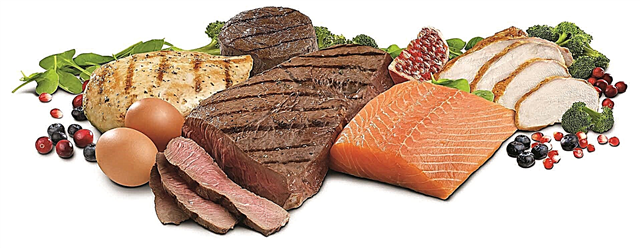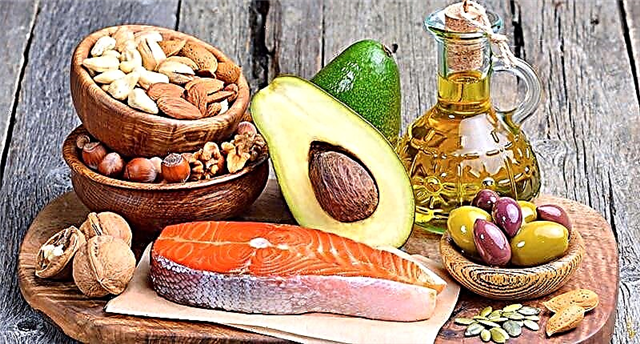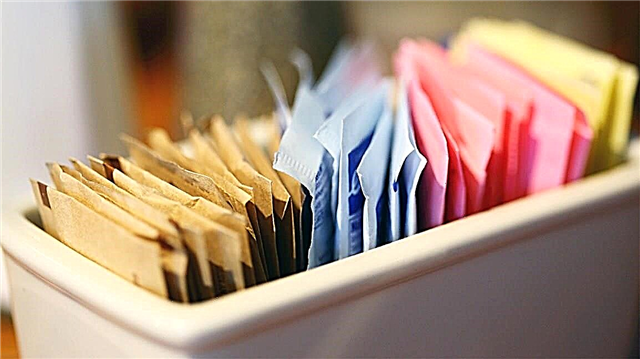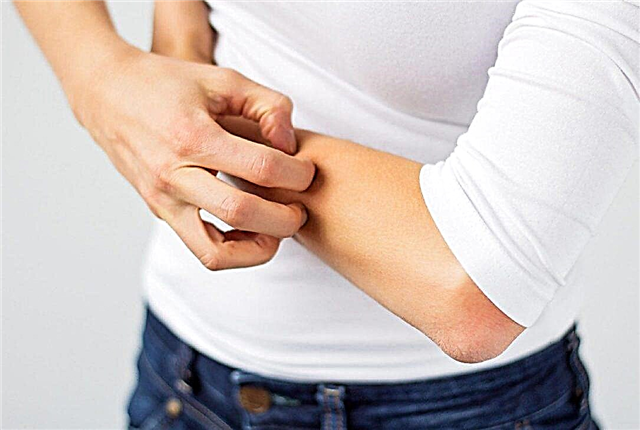At the beginning of the ketogenic diet, you may find that you have a rash on your body and you don't understand why. This may coincide with the onset of symptoms of ketosis, so you might think ketosis is bad for you.
Do not panic.
This itchy rash you are experiencing is called a "keto rash" and is a common side effect that many (but not all) newbies experience. It can definitely be annoying and somewhat embarrassing, but the rash is not dangerous.
What causes a keto rash?

There are several possible options associated with the ketogenic diet that can cause a rash:
- Ketones (such as acetone) that your body produces during ketosis can cause perivascular inflammation (inflammation around the blood vessels) and cause a rash.
- Excessive fasting. In one study, 50% of patients showed a link between hunger and a keto rash. When your blood sugar is low during a fast, your body goes into ketosis and causes a rash.
- Low-carb diets can cause rashes, especially those with rapid weight loss in a short period of time.
- Allergens. An allergic reaction is triggered in response to a variety of keto-friendly foods.
- Nutrient deficiency. Due to the exclusion of certain foods from the diet, their deficiency occurs, which appears as a rash.
Without knowing the exact cause of the rash, it will be difficult for you to choose a treatment, but below are some of the ways that you can improve your condition.
How to treat a keto rash

1. Wait
The keto rash may go away on its own after a few weeks. The longer you are in ketosis, the more your body adapts to producing ketones.
However, if the rash doesn't go away on its own after a week or two, it's time to try other options.
Have / have you had a keto rash?
Yes (Luckily no)
2. Eat more carbs
 Some studies suggest that prolonged periods of fasting or ketosis are associated with the onset of the rash. To test if the ketogenic diet is the culprit for the rash, do the following:
Some studies suggest that prolonged periods of fasting or ketosis are associated with the onset of the rash. To test if the ketogenic diet is the culprit for the rash, do the following:
- Try increasing your carbohydrate intake enough to recover from ketosis within a few days and see if the rash goes away.
- If this happens, reduce your carbohydrate intake and enter ketosis again.
- If the rash reappears, it could mean your body may be sensitive to ketones.
If this is the case, consider a leaner diet, with around 50-100 grams of carbs per day, and combine it with intermittent fasting.
Over time, you will be able to find your carbohydrate intake that benefits while reducing the recurrence of the rash.
3. Try changing your diet
 A fourth potential rash culprit is an allergic reaction to keto-friendly foods. The most common foods that can cause allergies are:
A fourth potential rash culprit is an allergic reaction to keto-friendly foods. The most common foods that can cause allergies are:
- Dairy products (e.g. cottage cheese, fatty yogurt). Here handy guide about whether you can eat dairy products on a keto diet.
- Eggs
- Fish (e.g. tuna, salmon)
- Shellfish (e.g. oysters, shellfish, crabs)
- Tree nuts (e.g. macadamia, almonds)
- Peanut
To find out if you have allergies, try the following:
- Remove these foods from your diet for 30 days.
- Check to see if the rash is lessened (or even disappeared altogether).
- If so, return one of the foods to your diet and wait 1-2 weeks.
- If the rash does not appear or worsen, add new foods.
- If symptoms do not appear, continue adding one new product every 1 to 2 weeks.
- If a rash appears after adding one of the foods, this is the culprit.
4. Supplement the diet with vitamins
 To rule out any causes of deficiency, make sure you have enough vitamins and minerals in your diet that are difficult to get on a keto diet. Specifically, try adding:
To rule out any causes of deficiency, make sure you have enough vitamins and minerals in your diet that are difficult to get on a keto diet. Specifically, try adding:
- Minerals: sodium, potassium, magnesium, calcium. Vital for cell function and energy.
- Vitamins: vitamin D, vitamin A, Omega-3. These vitamins are essential for regulating inflammation. Since the keto rash is an inflammatory response, they should definitely be in the diet.
- Bile salts: bile, deoxycholic, chenodeoxycholic and lithocholic acids. Bile salts help the liver process large amounts of fat efficiently.
For more information on which supplements you should take while keto, check out our leadership.
How to prevent rashes

1. Avoid sweat
Since sweat is a major factor in breakouts, try taking a few days off from the gym, or at least reducing the intensity of your workout to keep sweating to a minimum. After exercising, be sure to shower to wash away any sweat (and irritating acetone).
2. Avoid anything that causes friction on your skin
 Since friction can also cause inflammation, avoid:
Since friction can also cause inflammation, avoid:
- Wearing clothing, especially around areas where you have a rash.
- Using any type of exfoliator, such as homemade scrubs.
- Drying too vigorously with a bath towel after a shower.
- Scratches.
- Use of bandages.
- Sleep in the affected area, if possible.
Be sure to moisturize rashes with cream or oil, as lubrication will help prevent chafing.
3. Try stress reduction techniques
Emotional stress can trigger a rash again, so regulate your emotions with meditation, breathing techniques, walking, relaxing (drawing, painting, reading a book), exercise, attending therapy, and talking about your problems with the right people.











